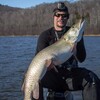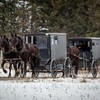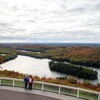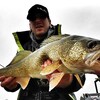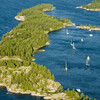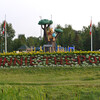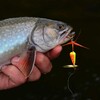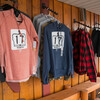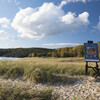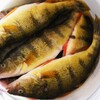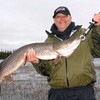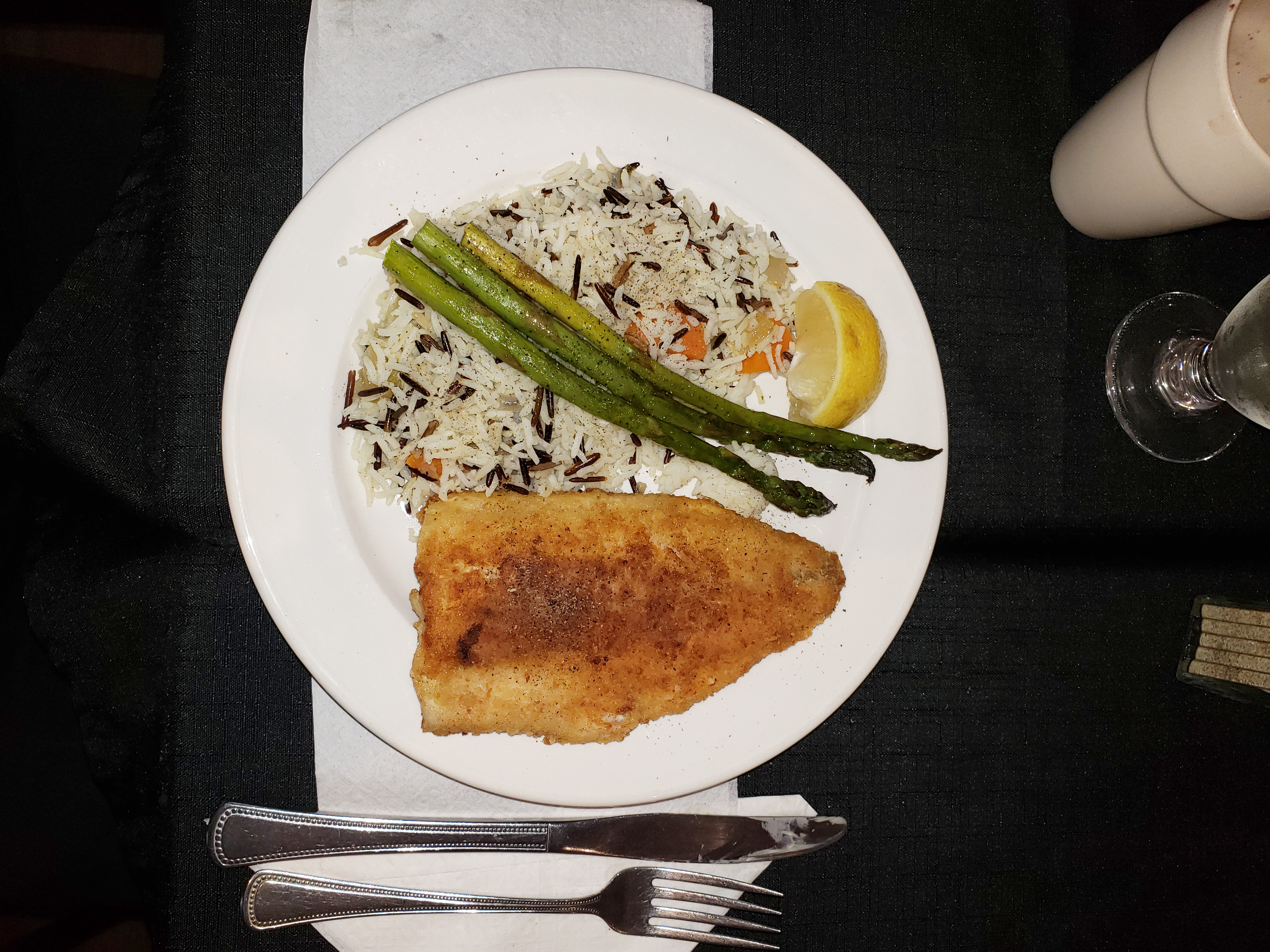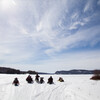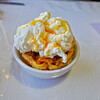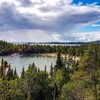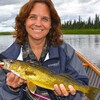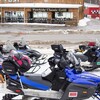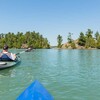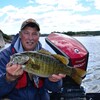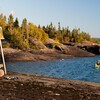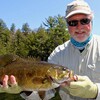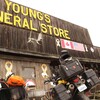
Quintessentially Canadian
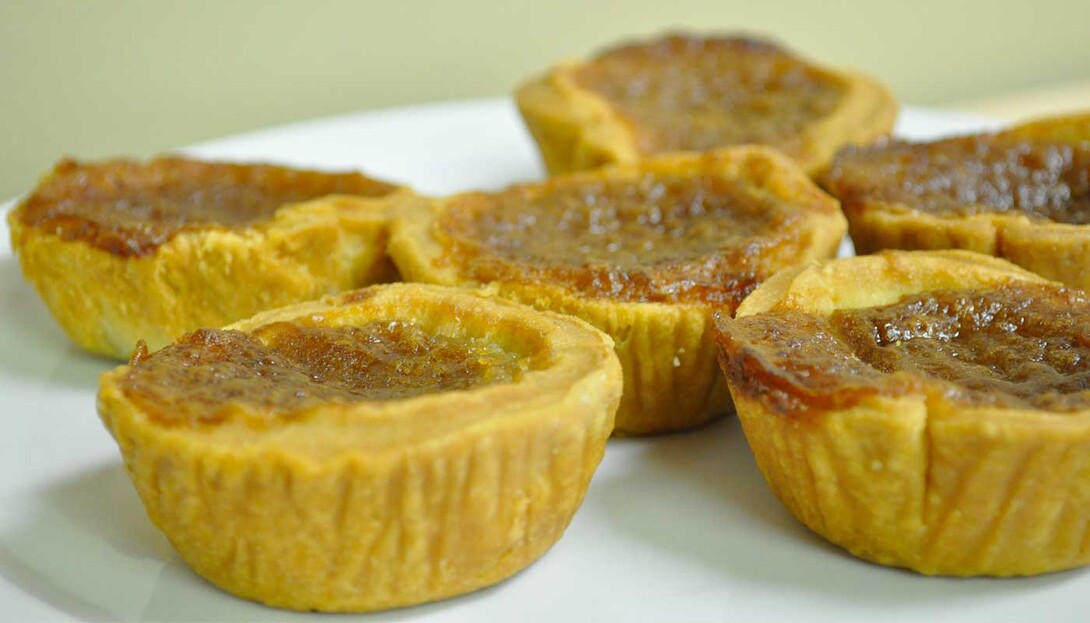
Let’s assume you reading this already know what a butter tart is. If you do, skip this next paragraph. But for those who don’t know what a butter tart is, read on:
Anatomy Of A Butter Tart
A butter tart is not complicated in any way, shape, or form. It’s a simple, tasty Canadian dessert. It’s similar to pecan pie, or Quebec’s sugar pie. And in Canada, we are obsessed with butter tarts.
The basic recipe is simple: flaky pastry in a tart shape, sugar, egg, syrup, and butter. It’s then baked and gets a crunchy top. Common add-ins are pecans, raisins, and shredded coconut. There are twists on butter tarts like the bacon butter tart, and it’s become a flavour in other desserts such as butter tart ice cream or butter tart cheesecake. In my personal opinion just a simple, nothing-fancy butter tart is the best butter tart. But do as you wish.

Butter Tart Culture In Ontario
In Ontario, there are dedicated butter tart trails that lead to bakeries and festivals where people compete to make the tastiest butter tart ever. Ontario’s Best Butter Tart Festival
And yes, there are people who specifically seek out the best-tasting butter tart, at every place they travel in Ontario.
The History Of The Butter Tart
Canada is a place where we celebrate different cultures, and there are actually very few what I guess you could say are 'traditional Canadian recipes.' Butter tarts were common in Canadian pioneer cooking. The earliest published recipe for a butter tart is from Barrie, Ontario dating back to 1900 in the Women’s Auxiliary of the Royal Victoria Hospital Cookbook. Another early published recipe was found in a 1915 pie cookbook.
"According to thecanadianencyclopedia.ca… the origin is believed to be much older, most likely the result of the filles du roi (King’s Daughters), in which approximately 800 young women were sent to Québec from France between 1663 and 1673 to help colonize."
“These young ladies brought with them their traditional European recipes but were forced to adapt them according to what was available. The sugar pie, a single-crust pie with a filling made from flour, butter, salt, vanilla, and cream, is a likely precursor to the butter tart.” And there are those who say the Scots should lay claim to the tart’s identity, given they create a similar treat.
Learn some facts from an article from the Toronto Sun published in June 2017.
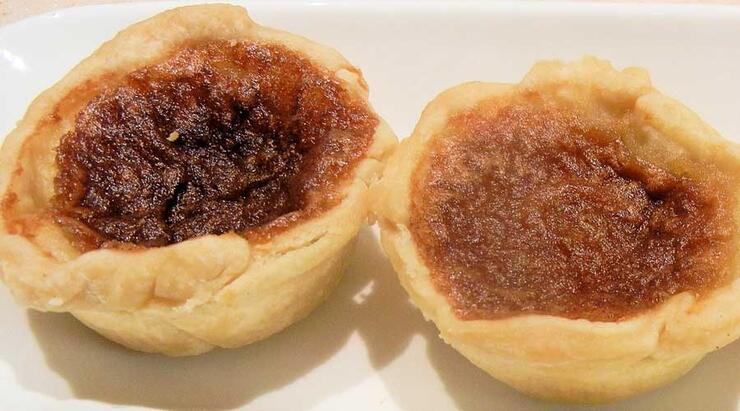
Butter Tart Culture In Algoma Country
Traditionally, butter tarts are made with corn syrup. But in Algoma Country, we love making ours with fresh maple syrup. There are many locally-owned restaurants, bakeries, and even some family-owned convenience stores that sell them as well.
Favourite Butter Tart Stops In Algoma Country
These are just some of the butter tart stops in the region. If you have a favourite butter tart stop in Algoma email us at info@algomacountry.com and we’ll add it to the list below.
- The Queen's Tarts, Sault Ste. Marie
- Thyne’s Family Bakery, Sault Ste. Marie
- Bobber’s Restaurant, Bruce Mines
- Sandro’s Restaurant, Sault Ste. Marie
- Aurora’s West Side, Sault Ste. Marie
- The Gelato Mill, Sault Ste. Marie
- Tazzi's Cafe, Sault Ste. Marie
- Superior Home Bakery, Sault Ste. Marie
- The Voyageurs’ Lodge, Batchawana Bay
- A Touch of Home, Blind River
- Village Bakery, Echo Bay
- Ije's Place: Cafe and Bakery, Desbarats
Try This Butter Tart Recipe
Below is a butter tart recipe that has been handed down for three generations.
Ingredients
- Prepared pastry (here's a good one from Canadian Living)
- 1/2 cup of lightly packed brown sugar
- 1/2 cup of maple syrup (try Mountain Maple Products' Syrup)
- 1/4 cup butter, softened
- 1 egg slightly beaten
- 1 tsp vanilla
- 1/4 tsp salt
- 1/2 cup raisins or chopped nuts (optional)
Directions
- For this recipe, you should plan on 12 butter tarts. Roll pastry thinly on a lightly floured surface. Cut into four-inch rounds, fit the rounds into a medium-sized muffin tin, and place in the fridge until ready to be filled.
- Combine maple syrup, brown sugar, and butter, stirring until smooth. Add remaining ingredients (except raisins or chopped nuts) and mix well.
- If using raisins or nuts, simply sprinkle a few in the bottom of the pastry shells.
- Fill the shells 2/3 full with the maple syrup mixture; be sure not to overfill. Bake on the bottom shelf of your oven set at 425°F for 12 - 15 minutes, or until just set. Be careful not to over-bake.
- If any filling has overflowed, run a knife or spatula between the pastry and muffin tin so that breakage does not occur.
Tarts can be eaten warm or cold. Enjoy!

